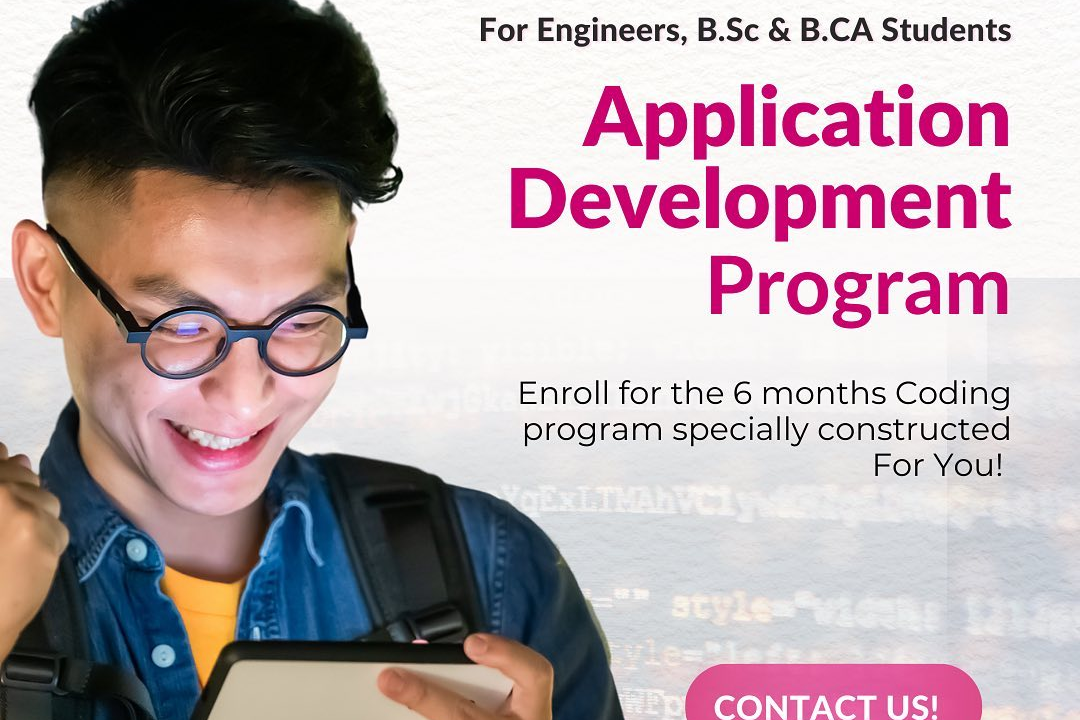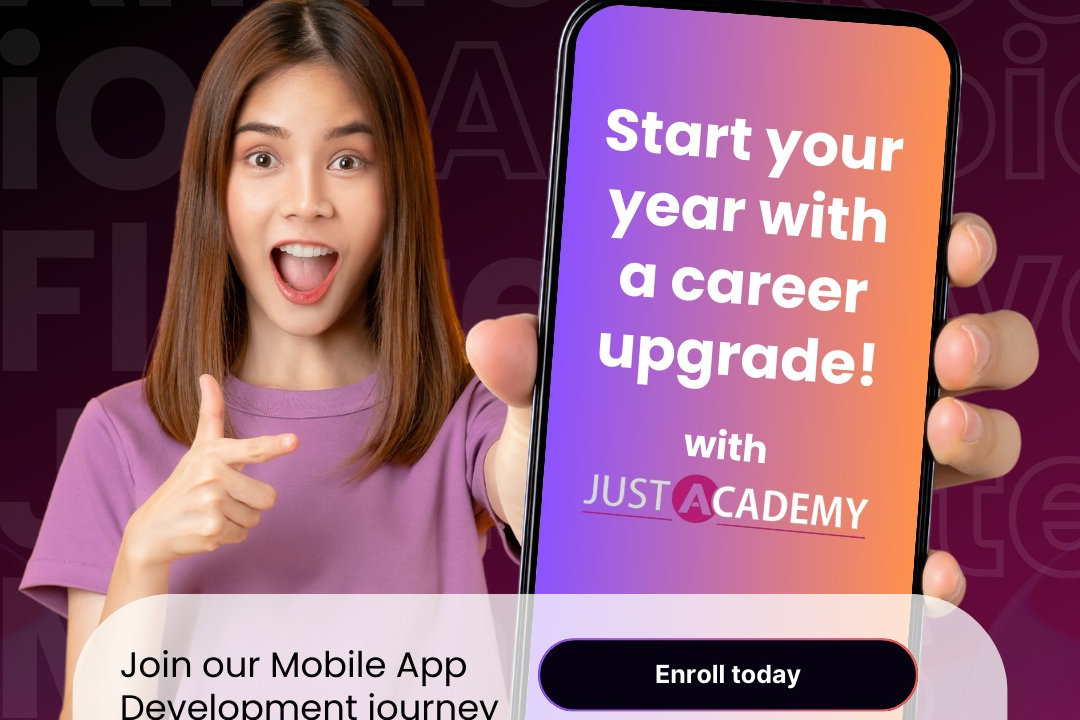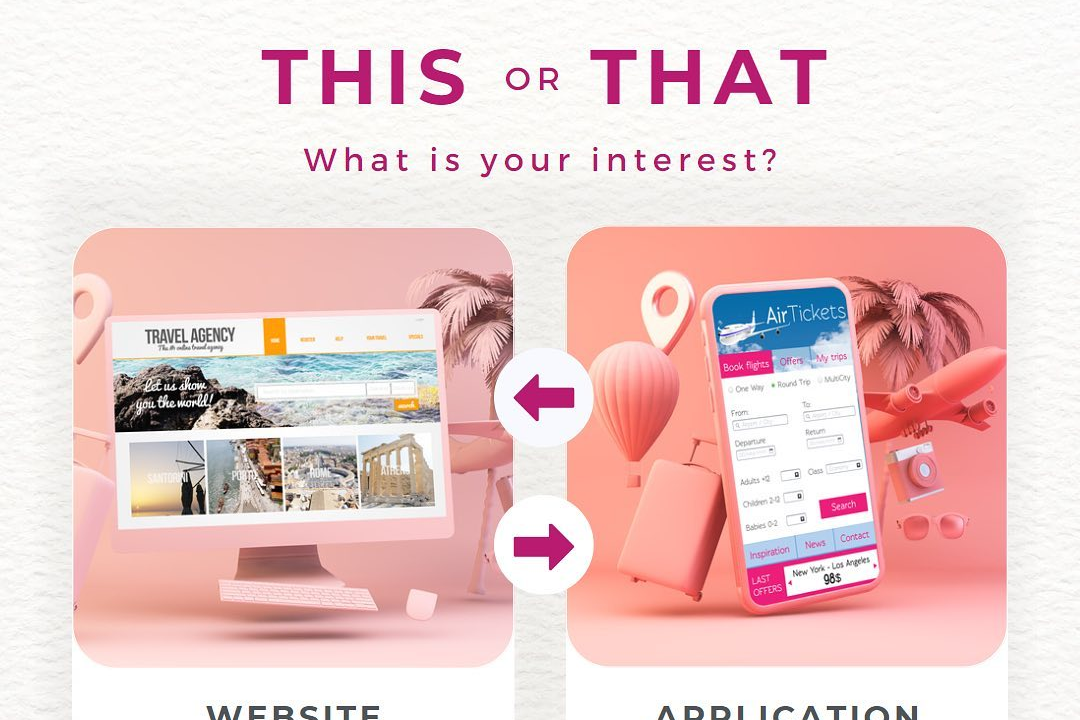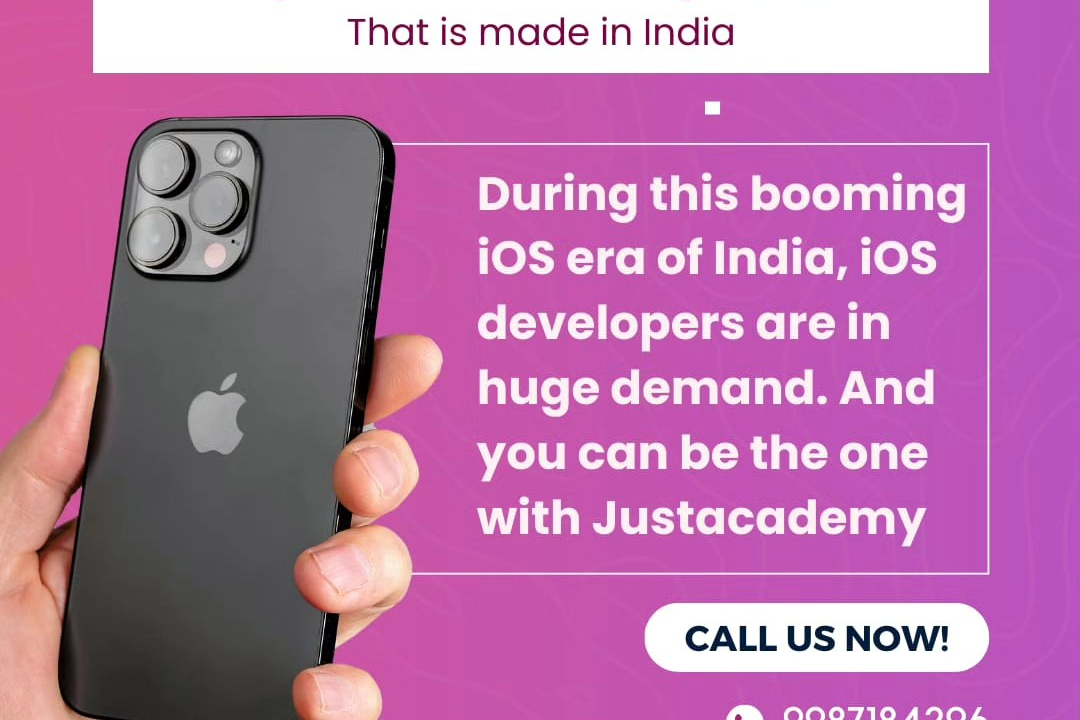Flutter User Experience Optimization Methods
Enhancing User Experience in Flutter Applications: Optimization Techniques
Flutter User Experience Optimization Methods
Flutter user experience optimization involves several key methods to enhance app performance and usability. Developers can improve loading times and responsiveness by using asynchronous programming techniques and optimizing widget builds, such as leveraging the `const` constructor for immutable widgets. Implementing effective state management solutions, like Provider or Bloc, ensures smooth state transitions without unnecessary rebuilds. Utilizing Flutter's built-in animation library enables fluid and intuitive interactions, while careful resource management, including image optimization and preloading assets, enhances performance. Additionally, responsive design principles help create a consistent experience across various screen sizes and orientations. By combining these strategies, developers can create a seamless and engaging user experience in their Flutter applications.
To Download Our Brochure: https://www.justacademy.co/download-brochure-for-free
Message us for more information: +91 9987184296
1 - Efficient Widget Usage: Use built in Flutter widgets wisely. Choose StatelessWidgets over StatefulWidgets when state management is not necessary to boost performance.
2) Lazy Loading: Implement lazy loading for lists and other potentially large data sets using ListView.builder or GridView.builder, which only build UI for items visible on the screen.
3) Custom Paint and Canvas: Utilize CustomPaint and Canvas to create complex graphics or custom shapes efficiently, directly drawing only what's necessary on the screen.
4) Image Optimization: Use the right image formats (like WebP) and sizes. Employ the `cached_network_image` package to cache images and reduce load times.
5) Avoid Rebuilding Unnecessary Widgets: Leverage the `const` constructor for widgets that do not change. This prevents Flutter from rebuilding them unnecessarily and enhances performance.
6) Use the Flutter DevTools: Utilize Flutter's DevTools for profiling your application’s performance. Analyze the widget rebuilds and rendering times to identify bottlenecks.
7) Best Practices with Asynchronous Programming: Use asynchronous programming effectively with Future and async/await to avoid blocking the UI thread and maintain a responsive user experience.
8) State Management Techniques: Choose an appropriate state management solution (Provider, Riverpod, BLoC, etc.) to manage state efficiently and prevent unnecessary widget rebuilds.
9) Animation Efficiency: Optimize animations by using duration and curve parameters effectively. Prefer implicit animations over explicitly defined ones where possible.
10) Navigation Management: Use the Navigator 2.0 API for advanced navigation scenarios. Implement route guards and deep linking to enhance user experience using smoother transitions.
11) Responsive Design: Implement responsive design principles, using MediaQuery and LayoutBuilder to ensure your app looks good on different screen sizes and orientations.
12) Testing and Feedback Loop: Incorporate user testing and feedback to gather insights on user experience. Adjust features and UI elements based on direct user interactions.
13) Minimize Network Calls: Use caching strategies (like Hive or SharedPreferences) for frequently accessed remote data to minimize network calls and improve load times.
14) Accessibility Features: Ensure your app is accessible by implementing proper semantics, labels, and focus management. Test your UI with screen readers to enhance the experience for all users.
15) Theming and Consistent Design: Use theming to create a consistent look and feel across your application. Employ consistent padding, margin, and typography styles to unify the user interface.
16) Mobile Best Practices: Follow mobile design best practices for touch interactions, such as ensuring tappable areas are of sufficient size and ensuring smooth transitions and gestures.
17) Code Splitting and Lazy Loading Routes: Split your code into manageable chunks and implement lazy loading for routes to decrease the initial app load time and improve user experience.
By employing these methods, students can significantly enhance the performance and user experience of their Flutter applications, resulting in smoother, more engaging apps. Each point can be further explored in training sessions to provide a comprehensive understanding.
Browse our course links : https://www.justacademy.co/all-courses
To Join our FREE DEMO Session: Click Here
Contact Us for more info:
- Message us on Whatsapp: +91 9987184296
- Email id: info@justacademy.co
how to become java full stack developer
Cheapest online iOS training with stipend in Bangalore












